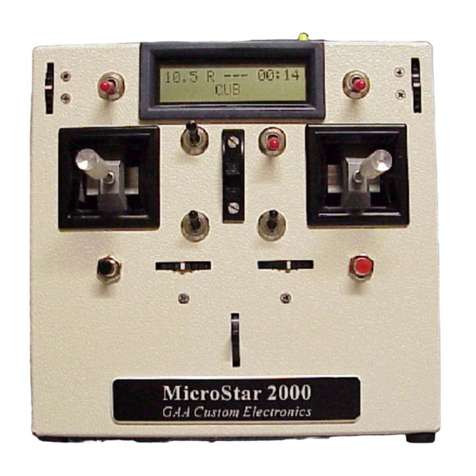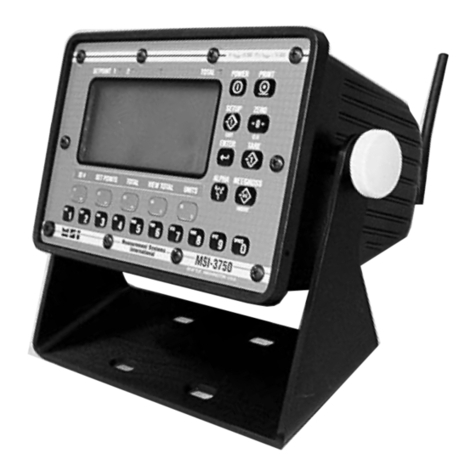Contents
1.0 Introduction ................................................................................1
1.1 Safety .......................................................................................... 2
1.2 Key Descriptions ........................................................................ 3
1.3 General Information ................................................................... 4
1.4 MSI-7300 Annunciators ............................................................. 6
1.5 Specifications .............................................................................7
1.5.1 Standard Capacities and Resolution ..........................................8
1.6 Features ...................................................................................... 9
1.7 Options ..................................................................................... 10
1.8 Unpacking ................................................................................ 10
1.9 Assembly .................................................................................. 10
1.10 Battery Replacement ............................................................... 11
2.0 Operation ..................................................................................12
2.1 Power ....................................................................................... 12
2.2 Zero .......................................................................................... 12
3.0 User Key Functions (F1and F2) ................................................13
3.1 OFF ........................................................................................... 13
3.2 TEST ......................................................................................... 13
3.3 TOTAL ....................................................................................... 13
3.3.1 MANUAL TOTAL .....................................................................13
3.3.2 AUTO TOTAL ..........................................................................14
3.4 Clear Total ................................................................................ 14
3.5 Net / Gross ...............................................................................14
3.6 TARE ......................................................................................... 14
3.6.1 To Tare and Display the Net Tension .......................................15
3.6.2 To Clear the Tare and Revert to Gross Tension .......................15
3.6.3 Tare- Rules for Use: ................................................................15
3.7 PEAK HOLD .............................................................................. 15
3.8 2-UNITS/ 5-UNITS .................................................................... 16
3.9 HI-RES ...................................................................................... 17
3.10 PRINT ....................................................................................... 17
4.0 Dyna-Link Setup .......................................................................18
4.1 Menu Map ................................................................................ 18
4.2 Function Keys ..........................................................................19
4.3 Auto-Off .................................................................................... 20
4.4 Setpoints .................................................................................. 21
4.5 Total Mode ............................................................................... 23
4.6 Units .......................................................................................... 24
4.7 Filter Setup ............................................................................... 25
5.0 Calibration ................................................................................26
5.1 Calibration Menu ...................................................................... 26
© Rice Lake Weighing Systems. All rights reserved. Printed in the United States of America.
Specifications subject to change without notice.
Rice Lake Weighing Systems is an ISO 9001 registered company.
June 8, 2015






























